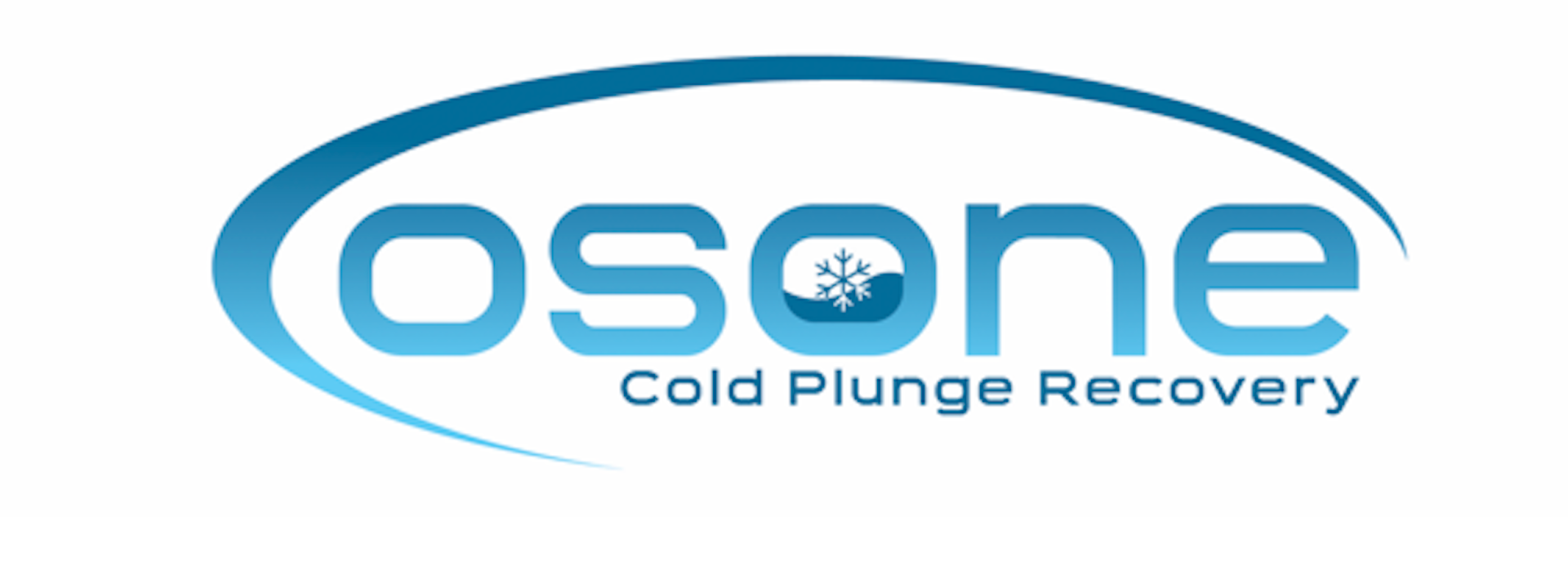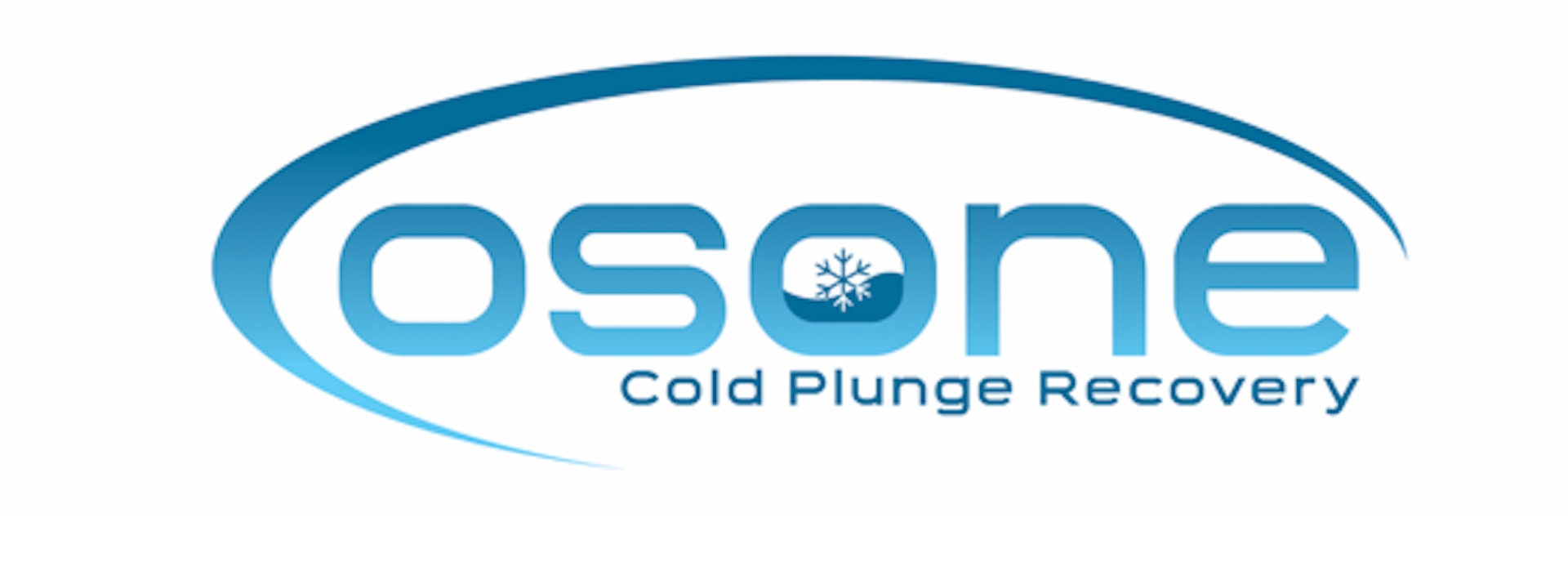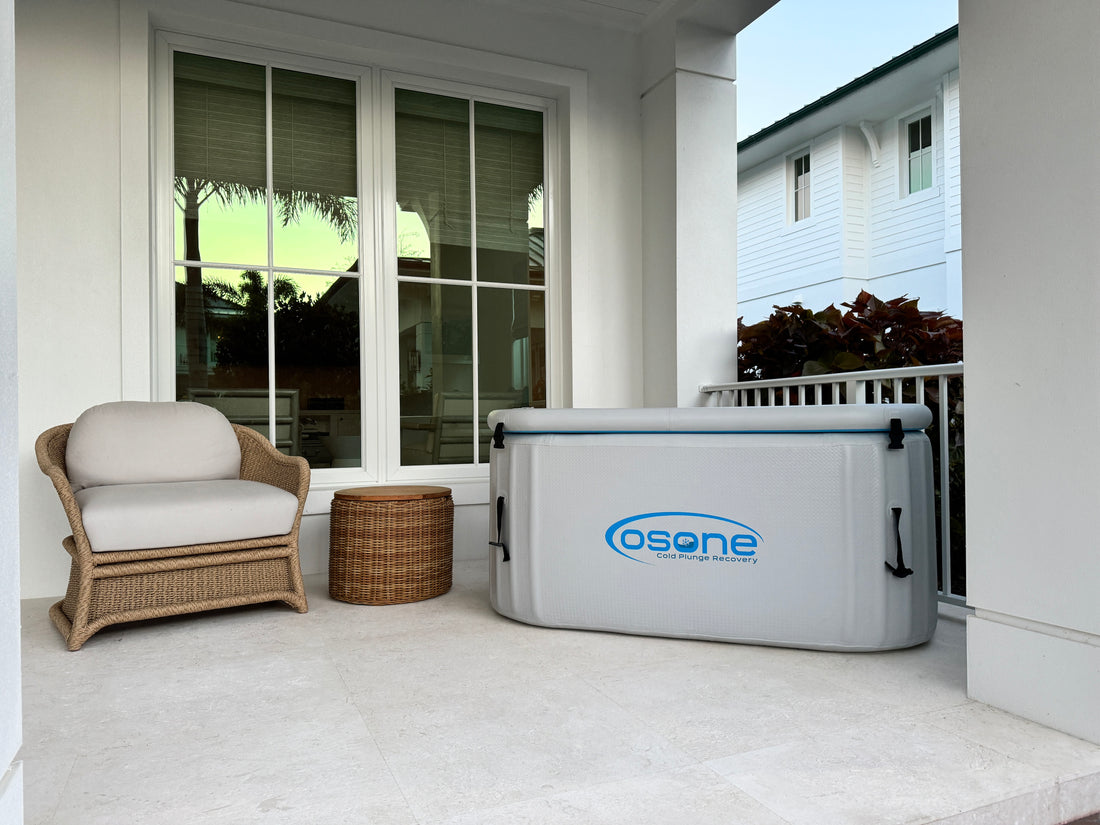Cold plunging, a form of cryotherapy involving immersion in cold water, has gained popularity for its potential health and recovery benefits. The question of when is the best time of day to indulge in this icy ritual is crucial for maximizing its impact on physical and mental well-being. In this article, we will explore the considerations for choosing the optimal time for cold plunging, taking into account circadian rhythms, personal preferences, and individual goals.
Understanding Circadian Rhythms:
Circadian rhythms are internal biological clocks that regulate various physiological processes over a roughly 24-hour cycle. These rhythms influence factors such as sleep-wake cycles, hormone production, and body temperature. Understanding these natural patterns can help in determining the most effective time for activities like cold plunging.
Morning Cold Plunges:
- Energy Boost: One compelling argument for morning cold plunges is the potential for an energy boost. Cold exposure has been shown to stimulate the release of adrenaline and noradrenaline, hormones that can enhance alertness and energy levels. Taking a cold plunge in the morning may help kickstart the day with increased vitality.
- Improved Mood: Cold exposure has been linked to the release of endorphins, the body's natural mood enhancers. Engaging in a cold plunge in the morning could contribute to an improved mood and a more positive outlook throughout the day.
- Enhanced Recovery from Sleep: For those who engage in cold plunging as a recovery method, morning sessions may be beneficial. The body undergoes various repair and recovery processes during sleep, and a cold plunge in the morning could complement these natural healing mechanisms.

Afternoon Cold Plunges:
- Peak Body Temperature: Body temperature tends to peak in the late afternoon or early evening. Taking a cold plunge during this time may have a more pronounced cooling effect on the body, potentially enhancing the contrast between the cold water and the body's internal temperature.
- Post-Workout Recovery: For individuals who incorporate cold plunging into their fitness routines, the afternoon can be an opportune time. After completing a workout, a cold plunge can aid in reducing muscle soreness, inflammation, and accelerating the recovery process.
- Stress Reduction: Cold exposure has been associated with a reduction in stress hormones. An afternoon cold plunge may help alleviate the accumulated stress of the day, providing a refreshing break and promoting relaxation.
Evening Cold Plunges:
- Sleep Induction: Cooling the body before bedtime may facilitate the natural drop in body temperature that occurs during sleep onset. This drop in temperature is thought to signal the body that it's time to prepare for sleep. An evening cold plunge could be a calming pre-sleep ritual.
- Improved Sleep Quality: While individual responses may vary, some people report improved sleep quality when incorporating cold exposure before bedtime. The potential reduction in stress and the promotion of relaxation could contribute to a more restful night's sleep.
- Recovery from Evening Activities: For individuals who engage in evening physical activities or sports, an evening cold plunge can be a valuable tool for accelerating recovery and mitigating the physiological stress associated with exercise.

Personal Considerations:
- Individual Tolerance: The optimal time for a cold plunge can vary based on individual tolerance levels. Some people may find morning cold plunges invigorating, while others prefer the calming effect of an evening plunge. Experimenting with different times can help determine personal preferences.
- Health Conditions: Individuals with certain health conditions, such as cardiovascular issues, should consult with healthcare professionals before incorporating cold plunges into their routines. The timing of cold exposure may need to be adjusted based on individual health considerations.
- Consistency and Routine: Consistency is key when reaping the benefits of cold plunging. Choosing a time that aligns with one's daily routine and lifestyle increases the likelihood of establishing a regular cold plunging practice.
In the quest to harness the benefits of cold plunging, the timing may play a crucial role. Whether it's the invigorating start to the day with a morning plunge, the post-workout recovery in the afternoon, or the calming pre-sleep ritual in the evening, each time has its unique advantages. Understanding circadian rhythms, individual preferences, and personal goals can guide individuals in finding the optimal time for their cold plunging routine.
Experimentation is key in determining what works best for each individual. Listening to the body's responses and observing how different times of the day impact energy levels, mood, and overall well-being will contribute to a personalized and effective cold plunging practice. Ultimately, the best time for a cold plunge is the time that aligns with an individual's lifestyle and enhances their physical and mental health journey. If you have any pre-existing conditions, it is best to consult your physician prior to taking the plunge.


